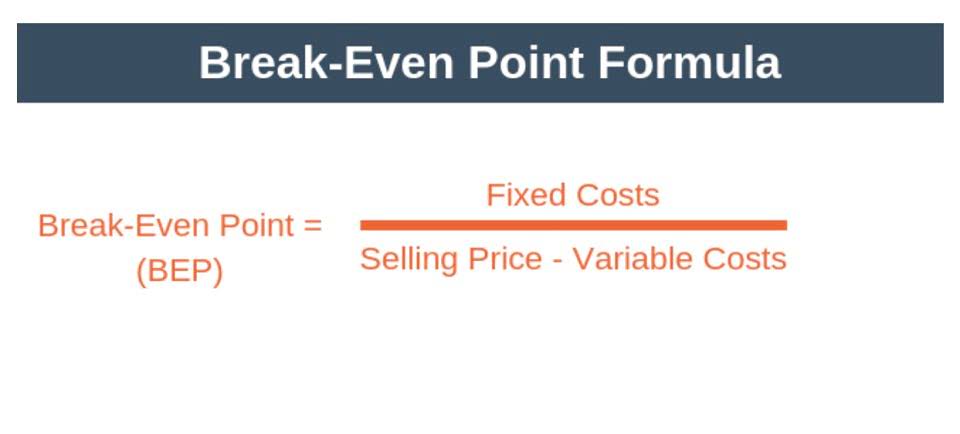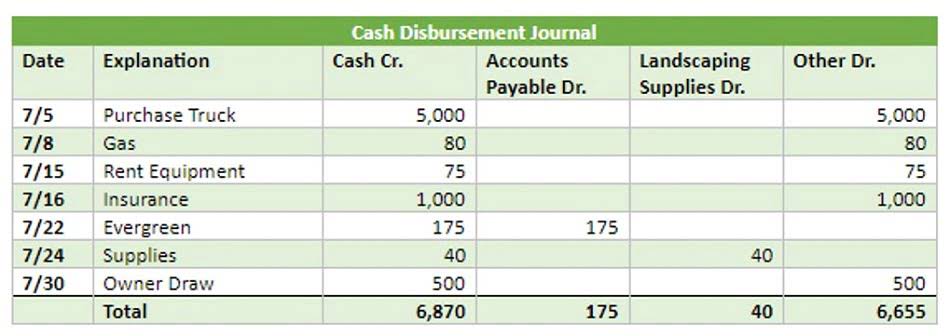
The integrity of financial reports stems from the accurate application of these normal balance conventions. For example, suppose a company buys equipment on credit for $10,000. In the double-entry system, Equipment (an asset) is debited for $10,000, reflecting that it is an asset and thus has a Normal balance of debit.
The Relationship Between Expenses and Debit Balances

Like training wheels for accountants, T-accounts provide a safe and clear pathway for learners to navigate the twists and turns of financial record-keeping. They break down the complexity of a ledger into bite-sized visuals, making the relationship between debits and credits crystal clear. T-accounts are the scaffolding upon which adjusting entries budding accountants can construct a robust understanding of bookkeeping principles.
- Conversely, if an account needs to be decreased, the entry is made on the opposite side of its normal balance.
- Service Revenues is an operating revenue account and will appear at the beginning of the company’s income statement.
- Let’s see in detail what these fundamental rules are and how they work when a business entity maintains and updates its accounting records under a double entry system of accounting.
- This affects how a company makes money and manages its spending, which changes its financial health.
- For example, the normal balance of an asset account is a credit balance.
- Debits increase asset and expense accounts but decrease liabilities, equity, and revenue.
Understanding Debits and Credits
The first part of knowing what to debit and what to credit in accounting is knowing the Normal Balance of each type of account. The Normal Balance of an account is either a debit (left side) or a credit (right side). It’s the column we would expect to see the account balance show up. Retained earnings reflect a company’s total profits after dividends. They show normal balance for expense a credit normal balance for retained earnings because they are part of equity.
- In other words, it’s the side (debit or credit) that increases the balance of the account.
- So for example a debit entry to an asset account will increase the asset balance, and a credit entry to a liability account will increase the liability.
- This classification is based on the account’s role in the financial statements and ensures that financial transactions are recorded correctly.
- A normal balance in accounting refers to the side of an account, either debit or credit, where an increase in that account is recorded.
- Since the accounting cycle starts with a journal comprising of debit and credit entries, the use of a double entry accounting is not possible without strict adherence to these rules.
- Applying normal balances ensures that financial records consistently adhere to the double-entry system.
What Is a Normal Balance in Accounting?

A liability account on the books of a company receiving cash in advance of delivering goods or services to the customer. The entry on the books of the company at the time the money is received in advance is a debit to Cash and a credit to Customer Deposits. A liability account that reports amounts received in advance of https://bhmregen.com/understanding-the-difference-between-fob-shipping/ providing goods or services.

- The balance sheet reports information as of a date (a point in time).
- He has $30,000 sitting in inventory and buys another 5 computers worth $10,000.
- Since assets are increased by debits, their normal balance is a debit.
- This becomes easier to understand as you become familiar with the normal balance of an account.
- Depending on the function performed by the salaried employee, Salaries Expense could be classified as an administrative expense or as a selling expense.
It provides a structured approach to recording every financial event within a business, ensuring that records reflect the true financial position and performance. Without this understanding, interpreting how transactions affect various accounts becomes challenging, leading to potential errors in financial reporting. The account’s net balance is the difference between the total of the debits and the total of the credits. This can be a net debit balance when the total debits are greater, or a net credit balance when the total credits are greater. By convention, one of these is the normal balance type for each account according to its category.